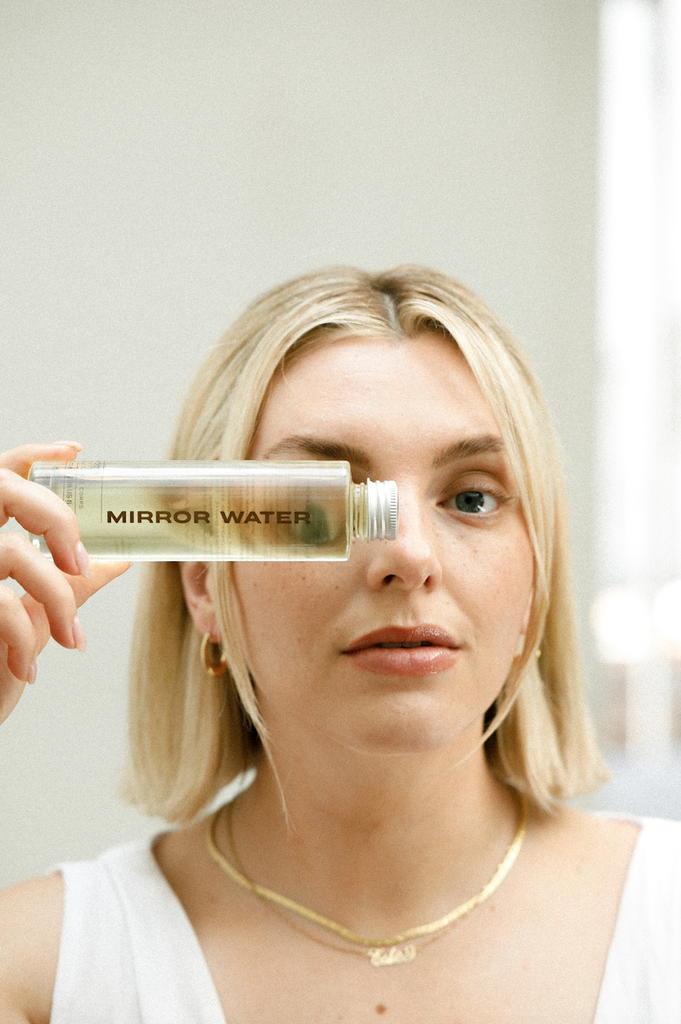The wellness industry as a whole may have had its ups and downs over the years and been linked to some odd trends, but this one has to be the most concerning because it goes against absolutely everything that we have all worked towards, both within the industry and as a greater collective.
We need to say goodbye to toxic comparison and hello to accepting that everyone is doing what supports their wellbeing in their own way.
It’s important to both advocate for, share, and truly understand that health and wellness look different for everyone - there is no one size fits all.
Additionally, it’s time to shut down the “That Girl” concept that promotes a state of perfectionism and serenity at all times - the truth is, focusing on your wellbeing doesn’t always look aesthetically pleasing, it might not (or more likely probably won’t) be a linear journey, and it’s much more than cute workout sets and fluffy pillows on your bed.
It’s about balance: no one is productive all the time, no one’s home looks sparkling 24/7, no one feels one emotion constantly, no one exists in one continuous state of living: we are human.
The majority of us thrive on living a balanced life: experiencing both positive and negative emotions, eating all types of food, enjoying partying and meditating, wearing our favourite clothes and our comfies, revelling in a clean home and realising we need to tidy up.






















